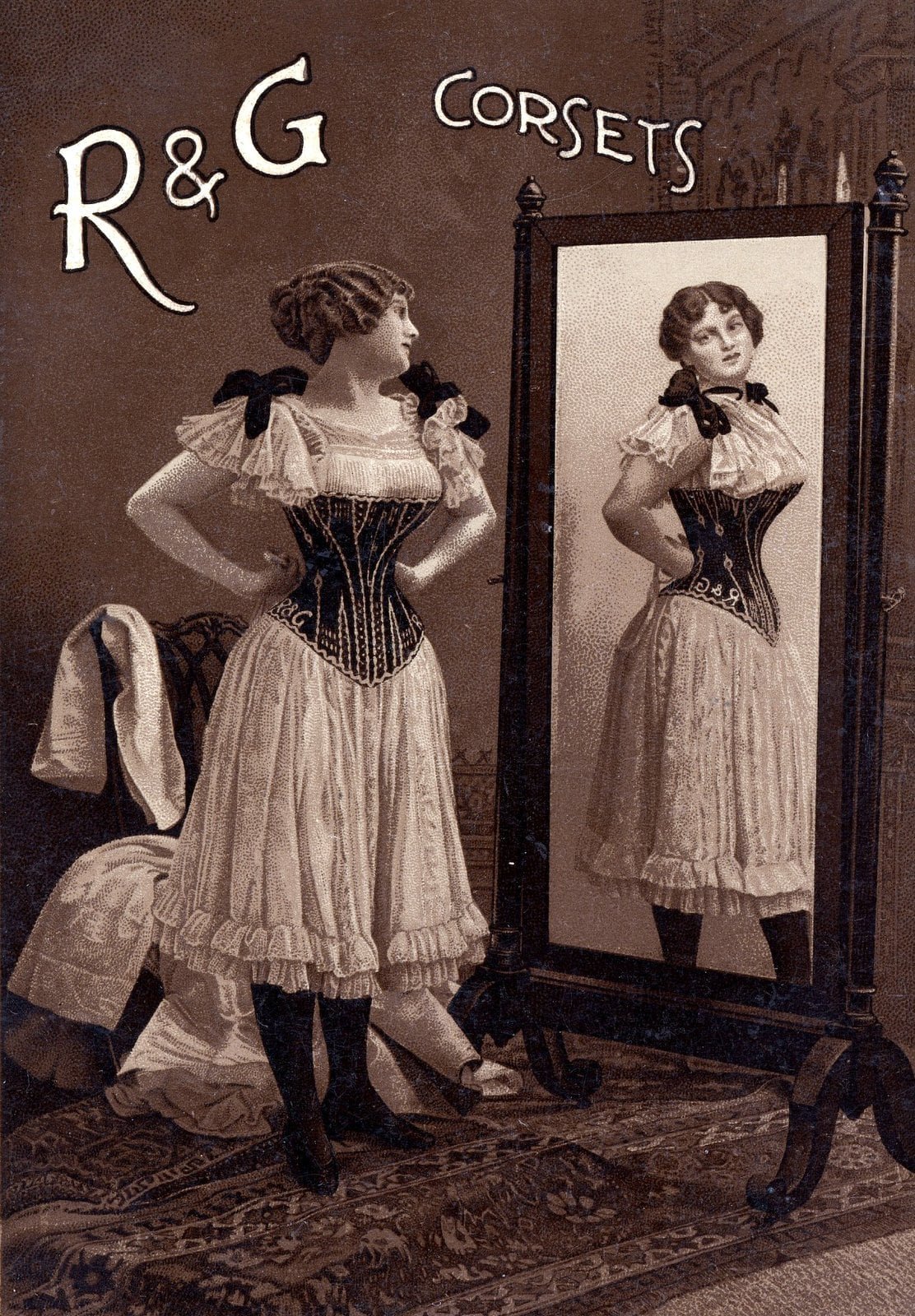The History of Lingerie
The History of Lingerie
By: Abby Fulmar
Valentine’s Day is the time to break out the lace bodysuits and elegant lingerie, but that has not always been the case. Lingerie, as we know it today, has had a long and complicated history. Once a form of oppression, it is now often worn as a way for people to embrace their femininity. But how did lingerie transition from something meant to imprison women, to being one of the most famous pieces of clothing in modern fashion?
Until the invention of crinoline and corsets, women’s undergarments were typically baggy linen dresses. There was less emphasis on the silhouette that undergarments were expected to create and they were worn strictly for hygienic reasons. In the early 19th century, corsets constructed of whalebone started to soar in popularity. Women began to use these undergarments for aesthetic reasons, therefore consumers also wanted them to look visually appealing. Corsets could be found in every color and were some of the first undergarments to include lace, a very important component of modern lingerie.
Unfortunately, the everyday use of corsets had many negative effects. The undergarments were often tied so tightly that women were unable to perform simple tasks. Women became both physically and mentally confined and were limited in what they were able to accomplish up until society underwent major transitions during the first World War. Women began to work more rigorous jobs traditionally done by men, and corsets were soon replaced by brassieres, which were more practical for their new lifestyles.
During the 1960s and 1970s, lingerie started to be seen more and more in public. Fashion icons such as Barbara Streisand and Cher made the controversial decision to show more skin on red carpets and became catalysts for this trend. However, the idea of lingerie doubling as outerwear did not become mainstream until the 1990s with the creation of the Victoria’s Secret Fashion Show. Victoria’s Secret created entire looks based on lingerie, and the idea influenced the entire fashion industry. Designer brands began to include lingerie on their runways by making it the foundation of the outfit instead of using it as an undergarment or accessory. After this, it became more common to see lingerie in public, not just in private. Nowadays, versions of lingerie such as lace bodysuits have become a staple in many closets, and lingerie is widely accepted as a piece of clothing and not considered just an undergarment.
Though women’s lingerie was once considered a taboo topic and a symbol of oppression, over the years it has become a symbol of power and femininity.








For more fashion history and tips, make sure to keep up with us on Instagram and online at umsquaremagazine.com!
All photos belong to their respective owners. Cover graphic by Lilly Hunter.


